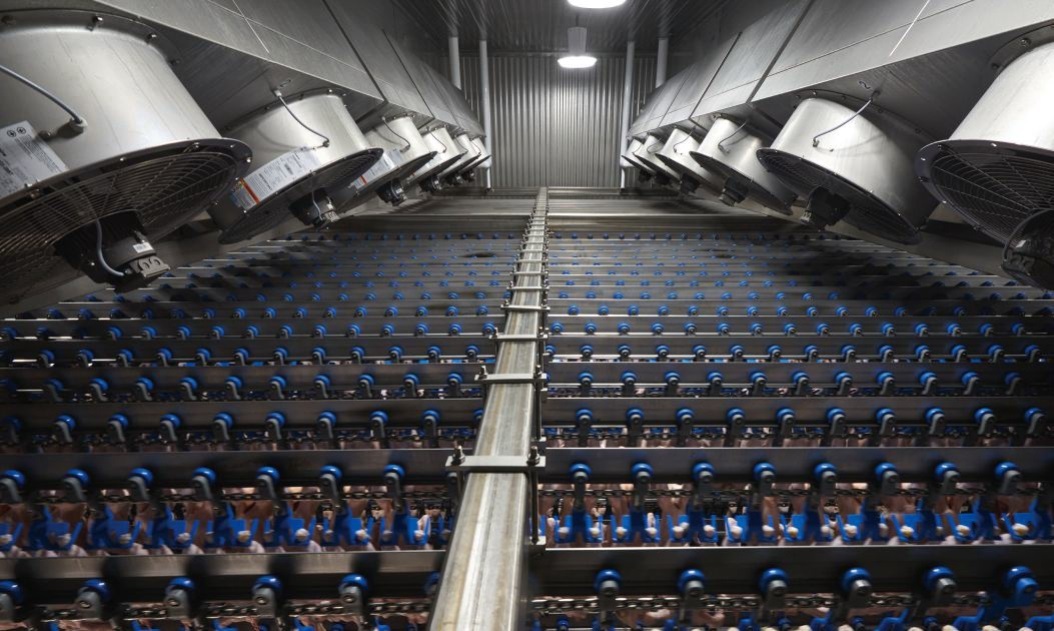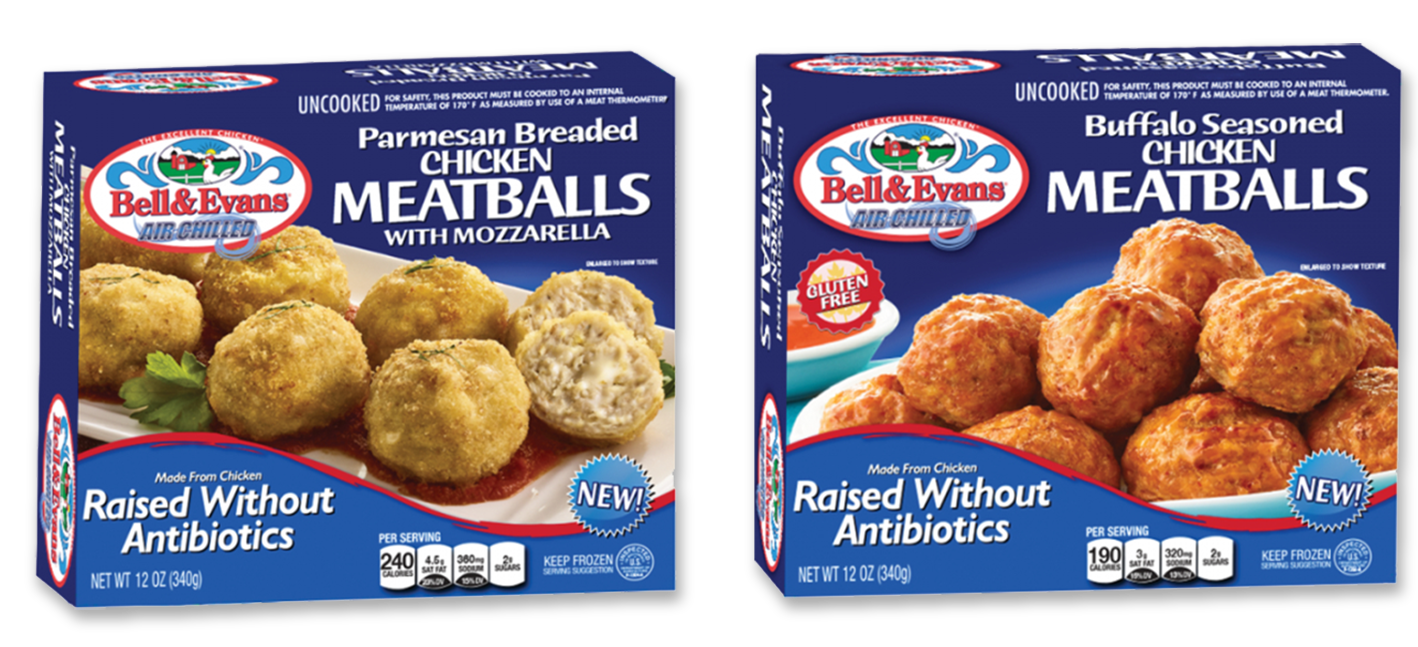Air chilling enhances flavor and extends shelf life.

Jay Russell
Marel Regional US Sales Director

From a sustainability perspective, the high water usage associated with water bath chilling in poultry processing facilities makes this method a point of discussion. Other arguments also plead in favor of the alternative of air chilling. As the most common chilling method in the US, water-consuming immersion chilling is likely to be reconsidered. Jay Russell, Marel's Regional US Sales Director, discusses the options.
Although the main focus of US processors is on improved efficiency and product quality, they cannot ignore the growing importance of water consumption. This is not only due to its direct impact on sustainability but also because its availability is becoming less certain than it used to be.
One of the options to save water is using air chilling instead of water bath chilling. Air chilling technology has been available already for a long time. It is a thoroughly proven technology and is commonly used in Europe.

The USA already has areas where access to water or transport of water may become problematic. In these regions, water consumption could face restrictions in the coming decades. To prevent future water-related obstacles, air chilling is a viable alternative to consider.
Despite the higher investment costs for producers and increased space requirements in processing plants, air chilling technology provides substantial benefits in terms of water savings.
Switching from water chilling to air chilling can significantly reduce water usage and is increasingly capturing the interest of US processors.
“The US, along with major parts of Brazil and Asia, predominantly prefers immersion chilling," explains Jay Russell. "In contrast, European poultry processors typically opt for air chilling. Apart from benefits for the processor, like water savings, this method also serves mutual interests. You can think of improved traceability and the absence of bacterial contamination in water used for immersion chilling. Additionally, European consumers are accustomed to drier poultry products and generally dislike buying watery poultry meat packed in soaked trays.”
Air chilling enhances flavor and extends shelf life.

Jay Russell
Marel Regional US Sales Director
On the other hand, air chilling leads to the production of a slightly different end product. It is a shared responsibility of the poultry industry to prepare the market for these air-chilled chicken products. A breakthrough of air chilling would require American consumers to adjust to eating air-chilled poultry products, which shouldn't be a major effort.
Jay Russell says, “In fact, air chilling enhances flavor by preventing water from diluting the meat's natural taste. This method also improves cooking attributes, particularly in achieving crispier skin. Furthermore, air chilling extends shelf life by limiting additional moisture, which otherwise could promote bacterial growth.”

Additionally, air chilling allows for more traceability. Flock lots can stay organized as birds are never removed from the shackles. Such an inline approach is advantageous to both processors and consumers. The processor has a more efficient (and faster) process, with no interrupted traceability. All through the supply chain, from supermarket shelf back to the bird’s breeding farm, the consumer can trace back each individual product down to its origin.
Finally, air chilling needs less labor. Immersion chilling requires manually rehanging carcasses on the distribution line after they have been 'loose' in the chilling bath. Eliminating this task frees up workers, allowing them to be assigned to other duties.
End consumers benefit from a more hygienic product, as there is much less touching of the products.
Market pressure for reduced water usage in poultry processing is growing. Air chilling presents clear opportunities for water conservation. The turning point will be reached when plants can no longer rely on well water—at that point, air chilling will become more economically viable than water chilling.
“It is the industry’s responsibility to consider what’s best for the processor, consumer and environment,” concludes Jay Russell. “From the processors’ perspective, it comes down to keeping the process profitable in a changing market.”
News
Our dedicated team is here to help and answer any questions you may have. Please complete the form, and we’ll get back to you as soon as possible. We look forward to hearing from you.